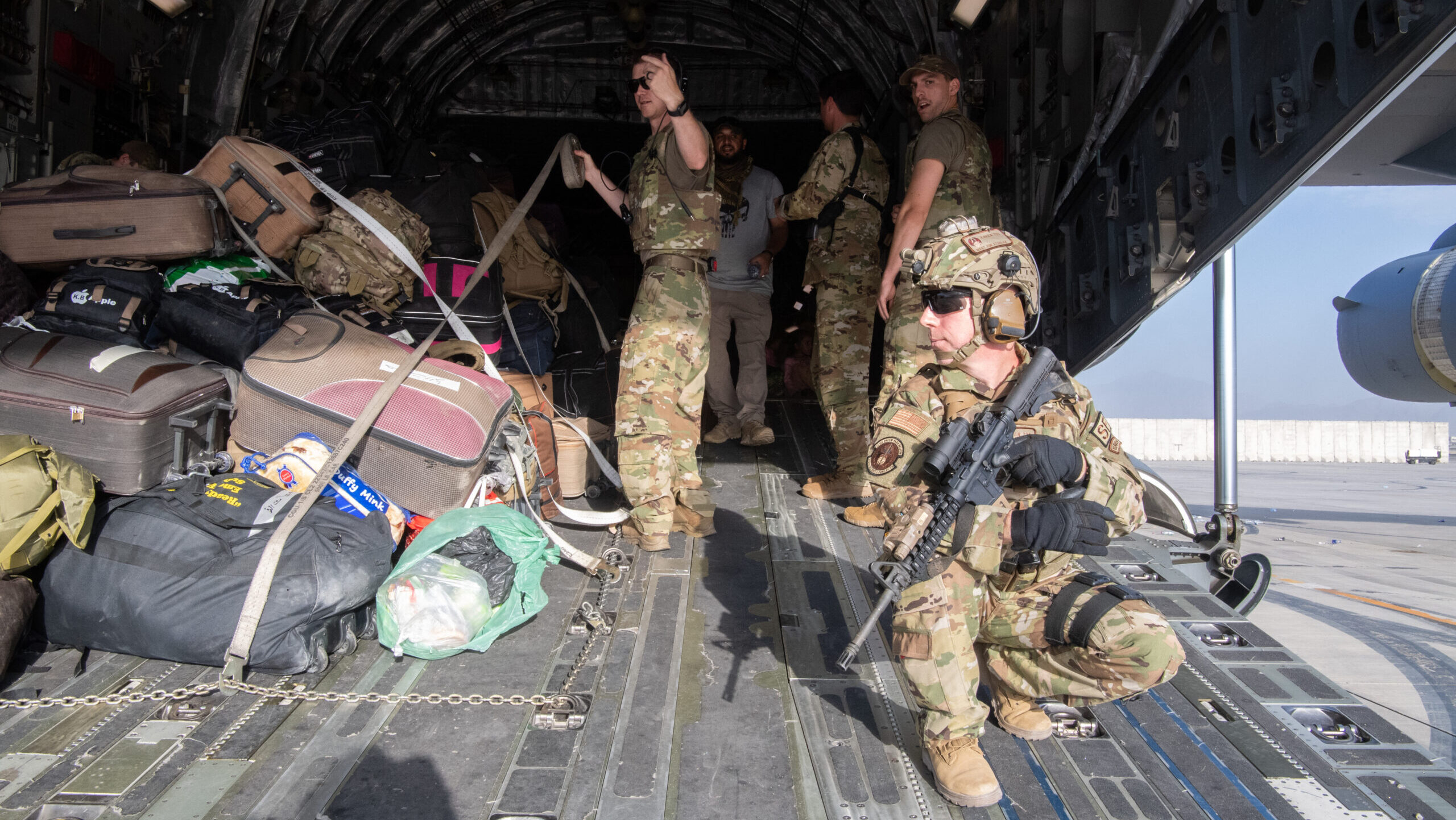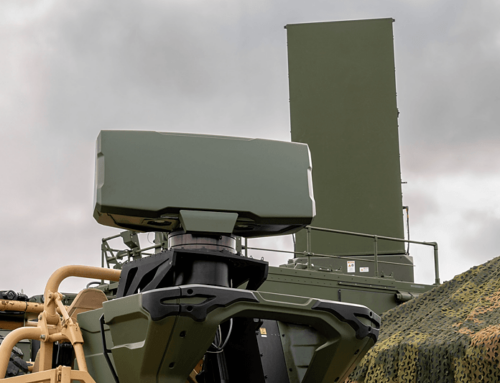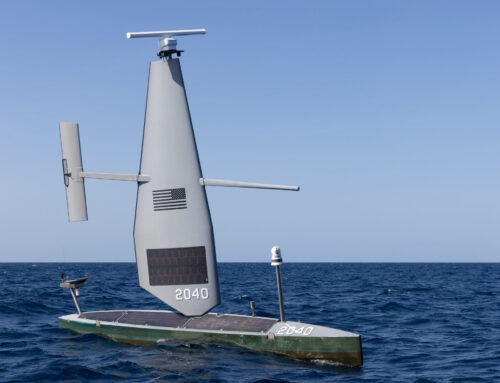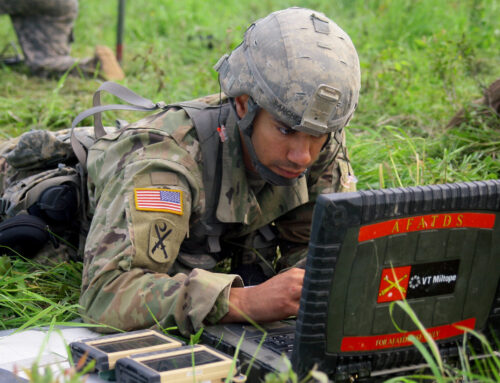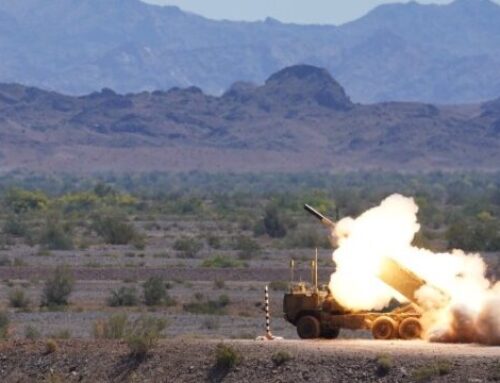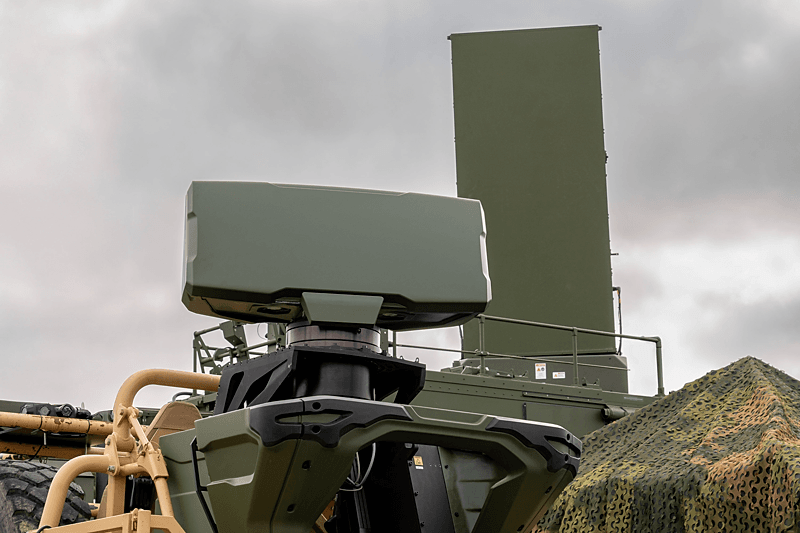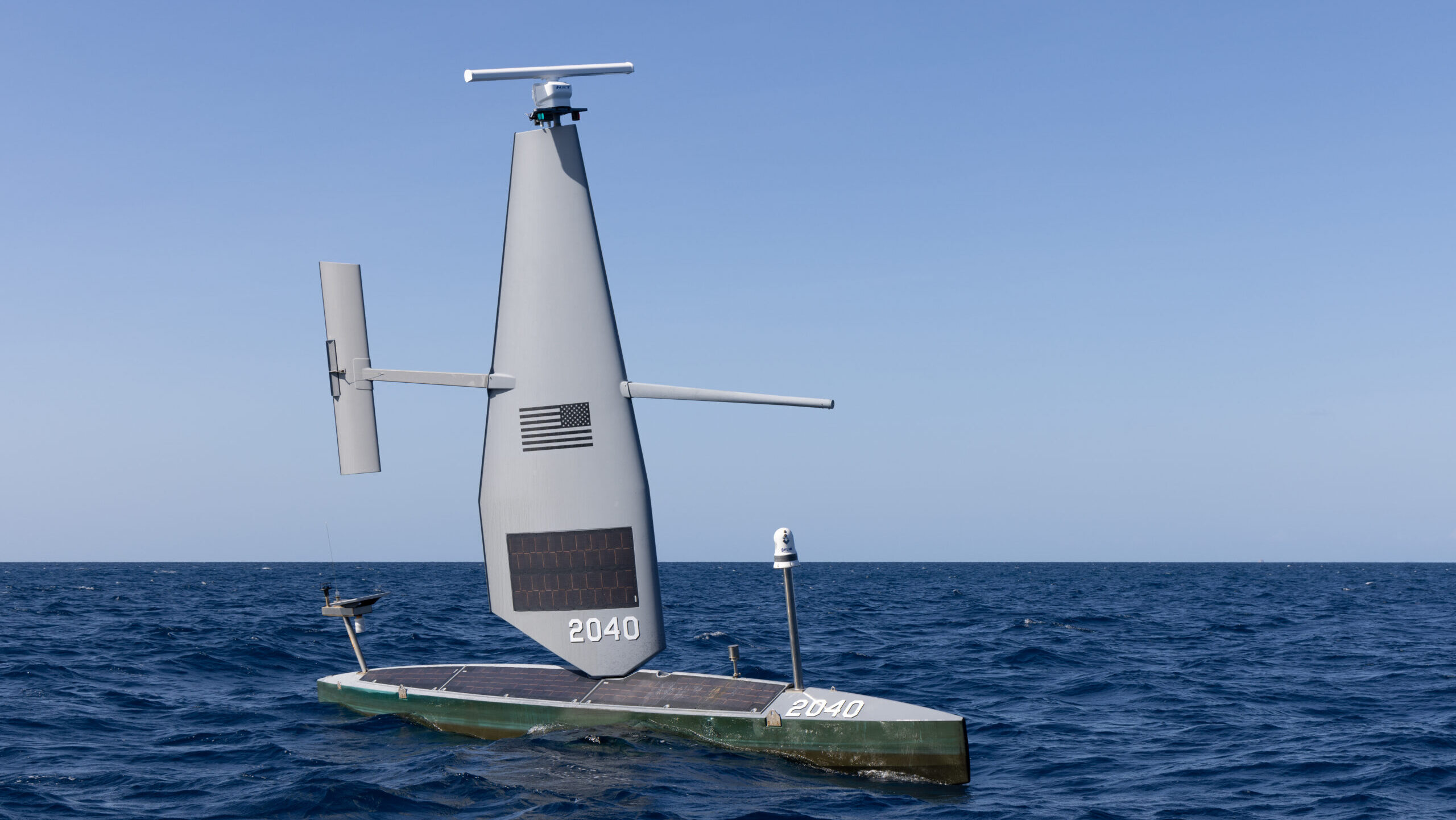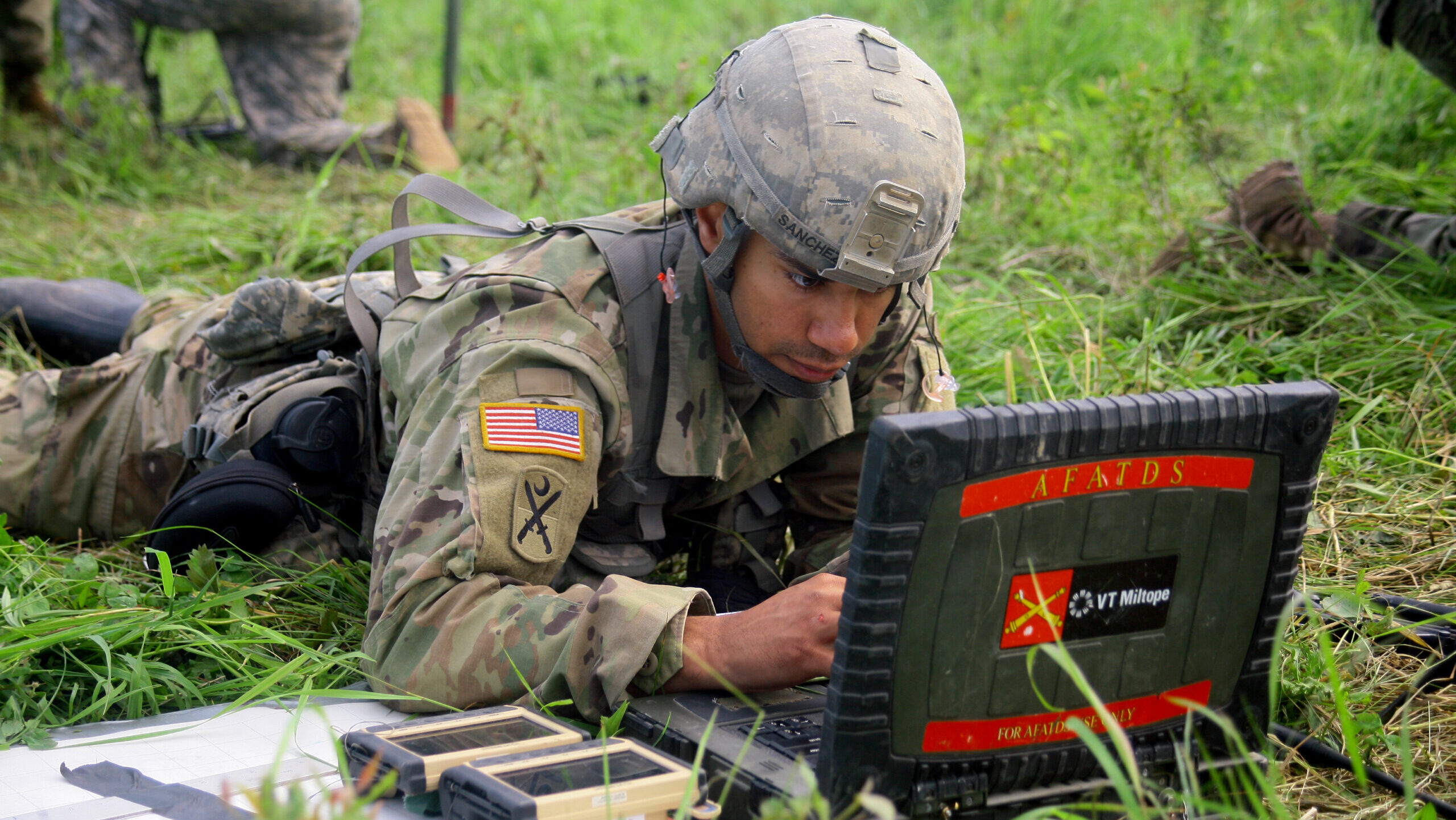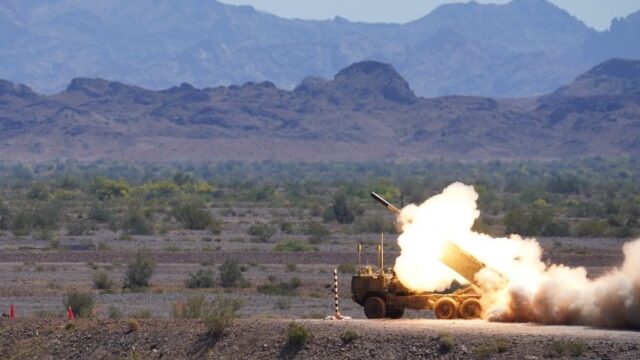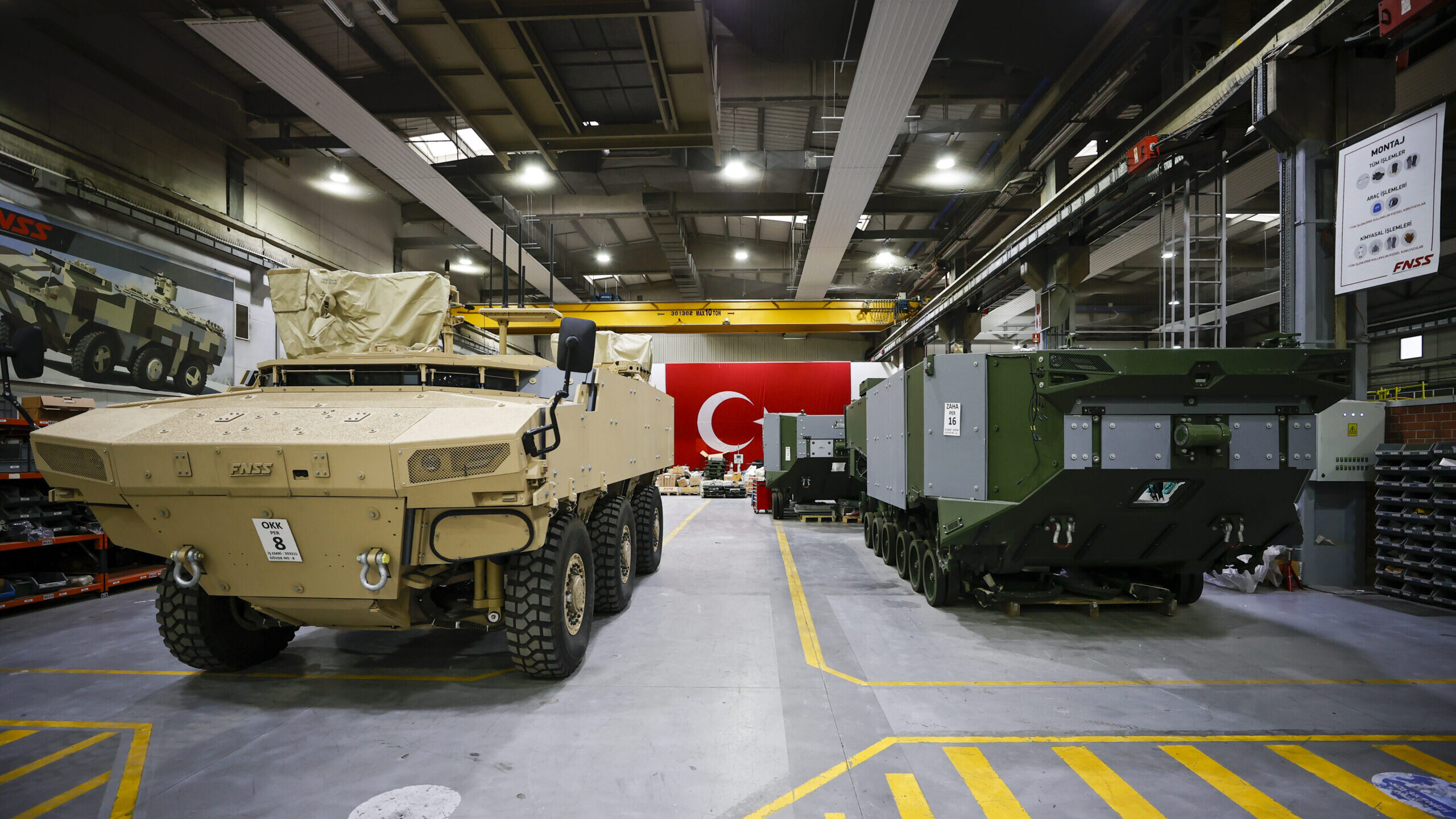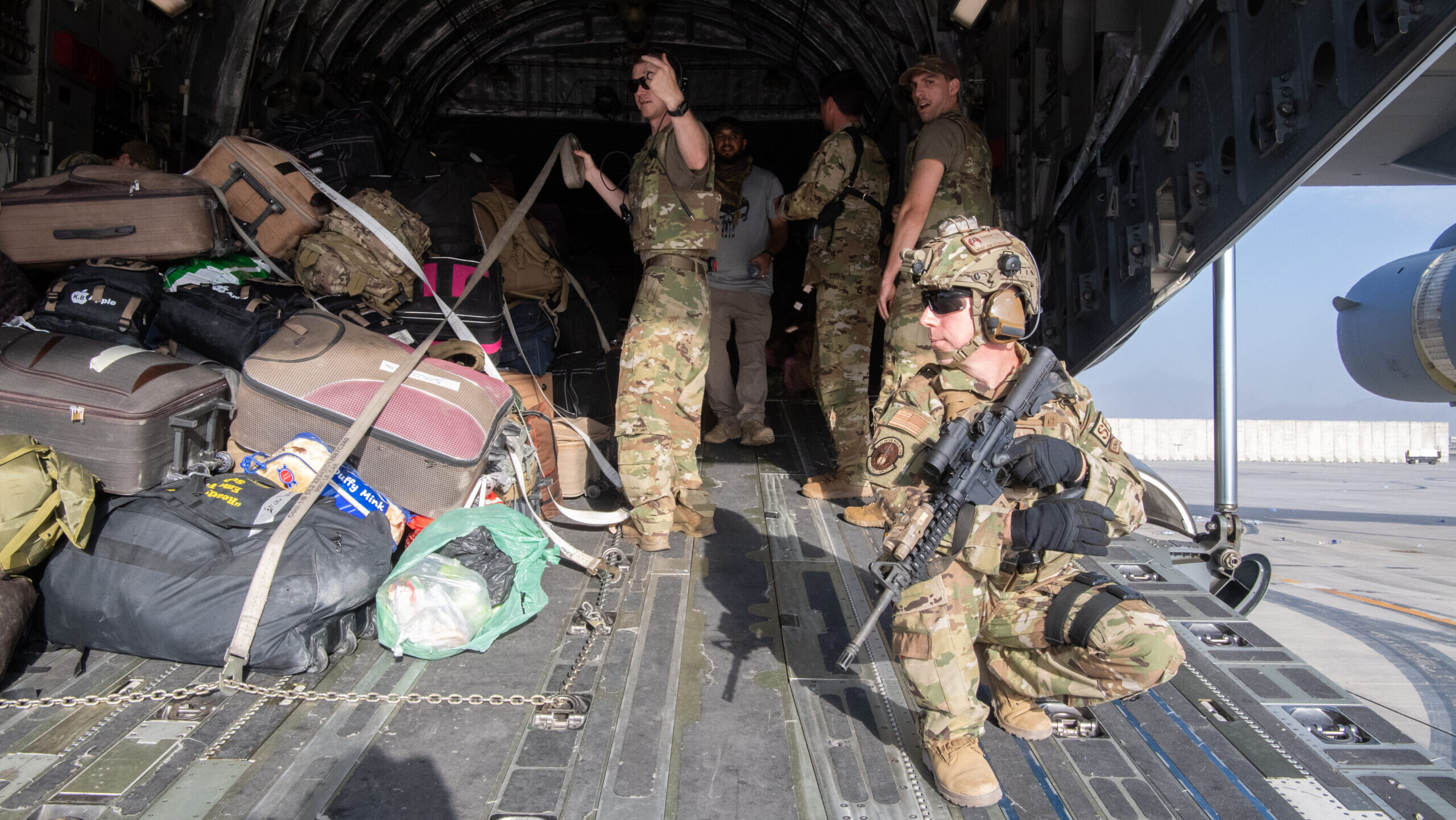
A U.S. Air Force security forces raven, assigned to the 816th Expeditionary Airlift Squadron, maintain a security cordon around a U.S. Air Force C-17 Globemaster III aircraft in support of the Afghanistan evacuation at Hamid Karzai International Airport (HKIA), Afghanistan, Aug. 24, 2021. (U.S. Air Force photo by Master Sgt. Donald R. Allen)
The U.S. military’s relationship with the Middle East, has, and always will be, complicated. This comes as a familiar paradox: deploying forces to counter immediate threats while preparing to draw down other areas. Prior to the election US defense officials announced both increased deployments to the region and steps toward troop withdrawals. This seeming contradiction may raise questions for some, yet most know it stems from a complex web of historical, geopolitical, and security considerations.
This paradox now intersects with the anticipated policy shifts of the incoming Trump administration, which has promised a more assertive approach to countering threats in the region. Statements from campaign advisors suggest a pivot toward increased pressure on Iran and greater support for Israel, which could mean prolonged troop commitments to quelch fires in significant hotspots. And the future of US forces on the ground in Syria is up in the air, with president-elect Donald Trump having stated the US should not be involved in Syria going forward.
As with any change in administration, the US will have to consider recalibrating its military posture to provide both deterrence for foes and support to allies. The US should seek to reduce its long-term commitments in areas where its military presence is no longer essential, in alignment with the wishes of leaders in those countries, while also preserving an ability to quickly respond to immediate threats — and a willingness to change plans as world events dictate.
The Biden administration over its four years pursued plans to reduce the US military footprint in the Middle East while also surging forces to the Mediterranean and neighboring areas. The White House framed these deployments as essential to prevent the regional spillover of conflict and protect US interests. This decision aligns with historical patterns: the US has long relied on forward-deployed forces as a deterrent against adversaries such as Hezbollah and its backer, Iran.
On the other hand, the Trump team’s perspective emphasizes a more robust deterrence posture, suggesting that the current deployments may not be temporary. President-elect Trump’s previous policies included a “maximum pressure” campaign against Iran and there are plans to resurrect said strategy. Many of the cabinet picks for the incoming administration reflect strong desires to side with Israel and present American strength.
The new White House team may face an interesting test case for balancing its posture in the region, following the US and Iraq governments releasing their Sept. 27 statement announcing a timeline for the end of the military mission against a major regional threat, ISIS. As media reported, those discussions with Iraqi leadership focused on transitioning US presence from a combat mission to an advisory one, with fewer boots on the ground. These troop reductions align with a broader strategy to pivot the focus from counterterrorism to countering near-peer threats like China and Russia.
At first glance, a departure from Iraq may seem out of sync with the heightened military presence elsewhere in the Middle East. However, they are two sides of the same coin.
The paradox of both deploying and withdrawing troops is nothing uniquely new: safeguarding American interests, allies, and citizens through targeted, flexible deployments while simultaneously reducing the overall US presence in the Middle East was done after the Gulf War as well. This strategy acknowledges that while the US cannot fully disengage from the region, it must also avoid being permanently tethered to it.
The future of US military involvement in the Middle East will continue to be a balancing act. The Biden administration sought to manage this by responding to immediate threats while shifting focus to great-power competition elsewhere. Yet the Trump administration’s foreign policy ethos — marked by an emphasis on “peace through strength” — could widely differ. While the Pentagon seeks to thread the needle between deployment and disengagement, the incoming administration may favor a more direct posture.
In many ways, this paradox is emblematic of the broader challenge facing incoming US policymakers on the Trump team: how to manage regional influence and allyship while safeguarding American interests without becoming ensnared in open-ended conflicts. As the US adapts its role in the region, this dual approach reflects both the reality of short-term threats and the longer-term goal of recalibrating its military posture for future challenges.
Fluidity remains a requirement as regional conflicts flare and subside, where America’s role in the Middle East will continue to ebb and flow. What’s clear is that both short-term stability and long-term strategic planning are driving US military decisions, ensuring that what may seem puzzling is actually showing strategic persistence.
This balancing act requires a flexible and scalable approach to Middle Eastern security. As the incoming Trump administration reassesses the global posture of the US military, seemingly contradictory moves — such as deploying to manage an immediate crisis while drawing down in areas where long-term military engagement is no longer deemed necessary — will likely remain a key feature of American defense policy.
Chaveso “Chevy” Cook, Ph.D., is a Lieutenant General James Dubik Writing Fellow, Executive Director of MilitaryMentors.org, and an active-duty Army officer. Though serving on the Joint Staff at the Pentagon, these views represent his own and do not reflection the opinion or position of the Department of Defense.


